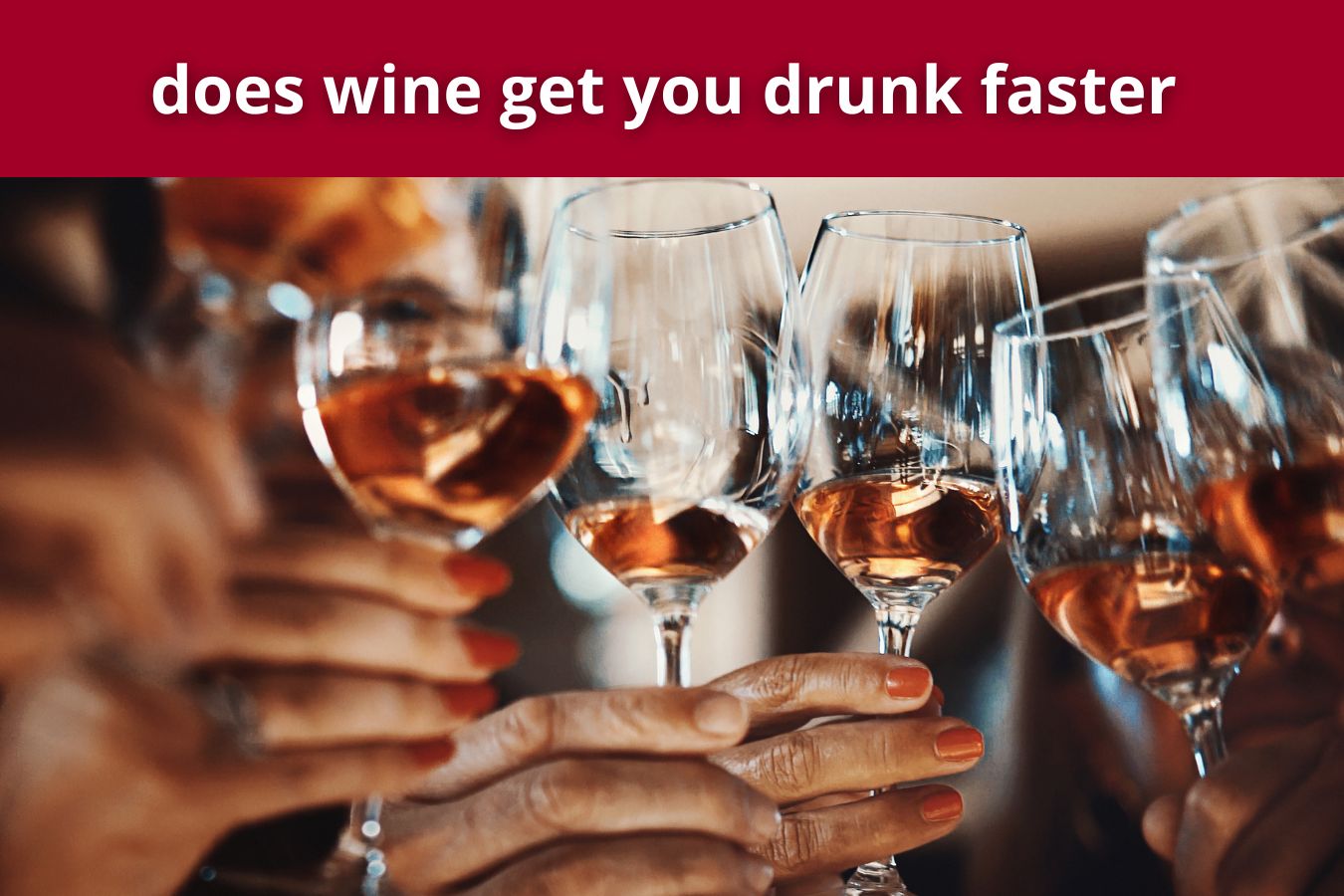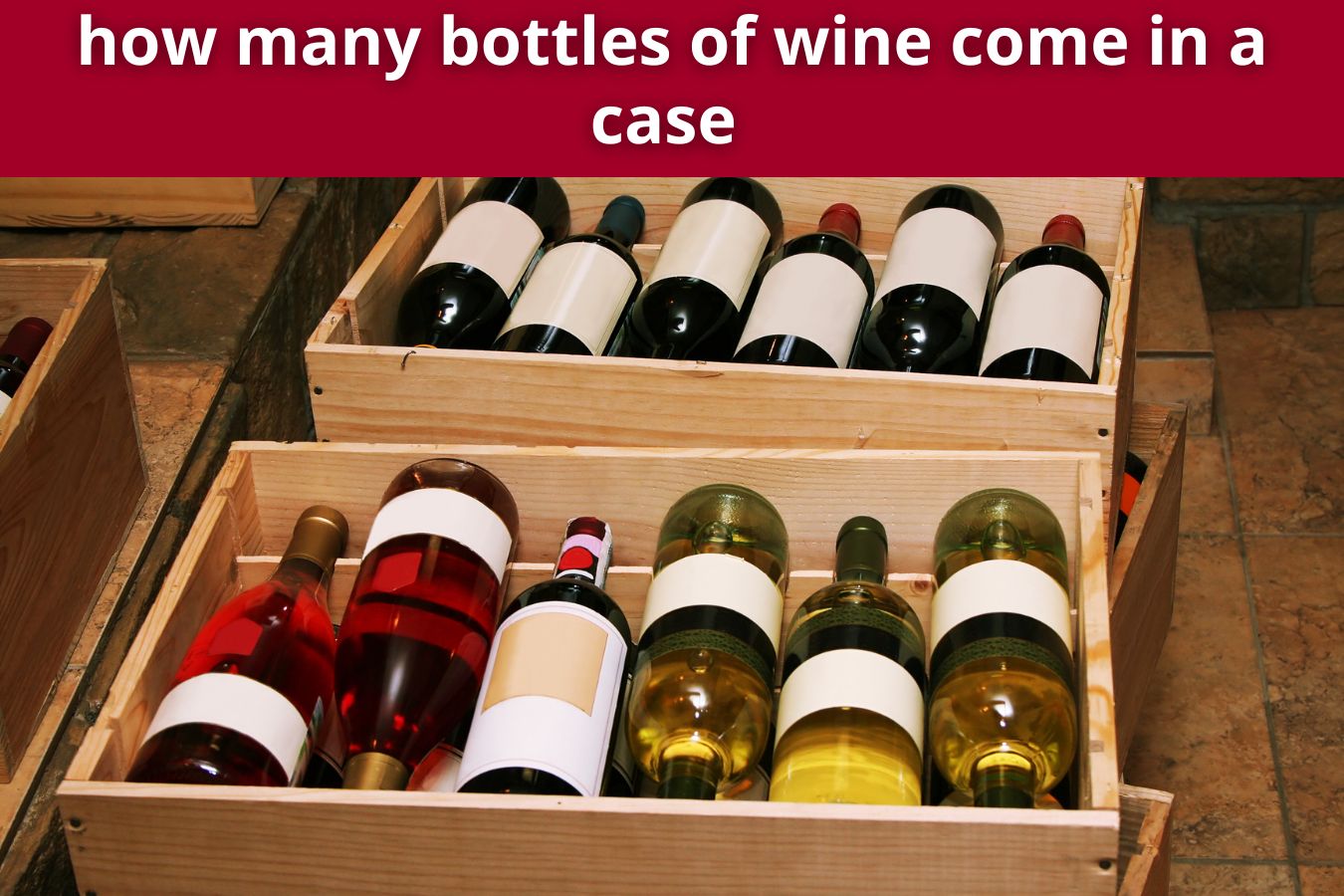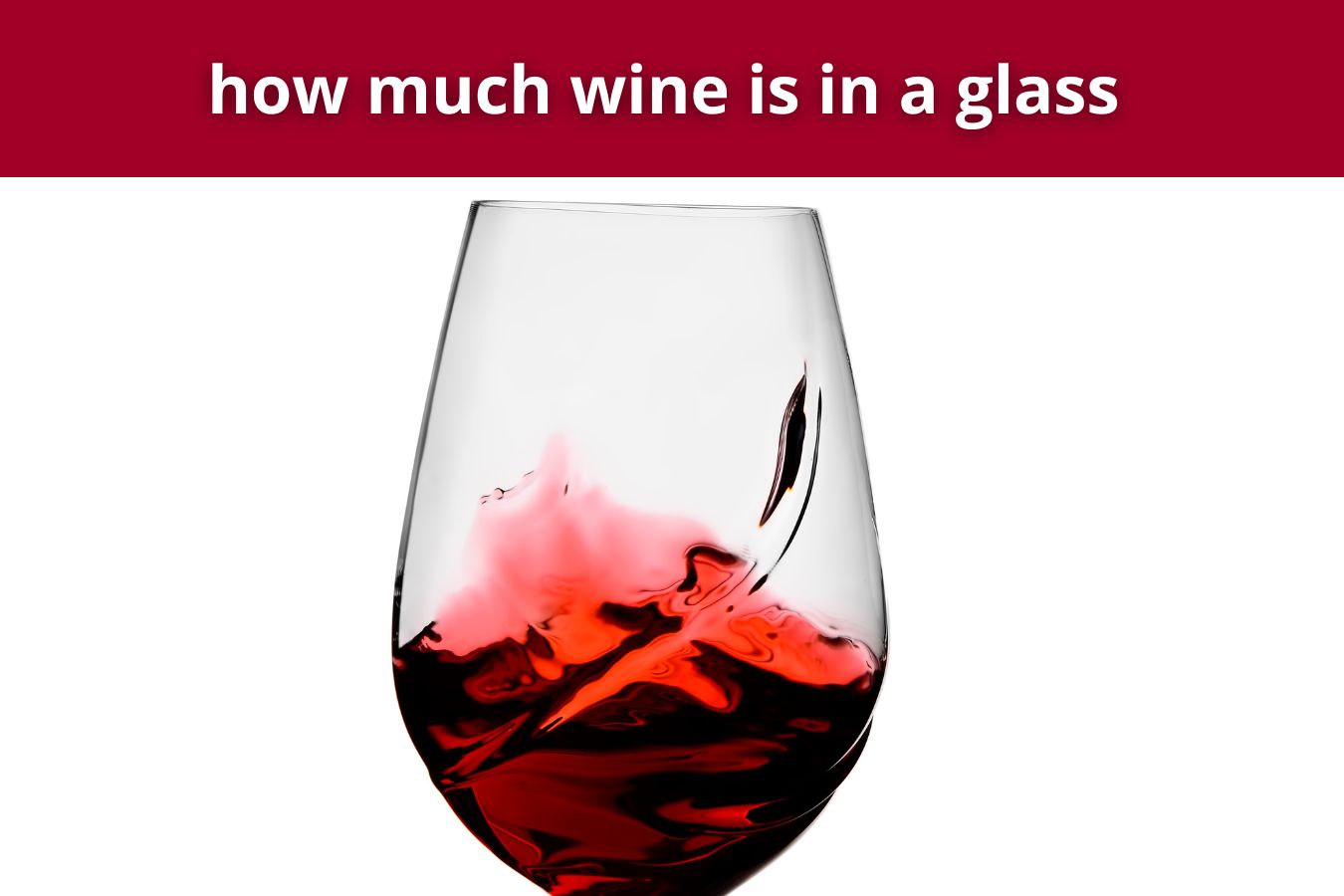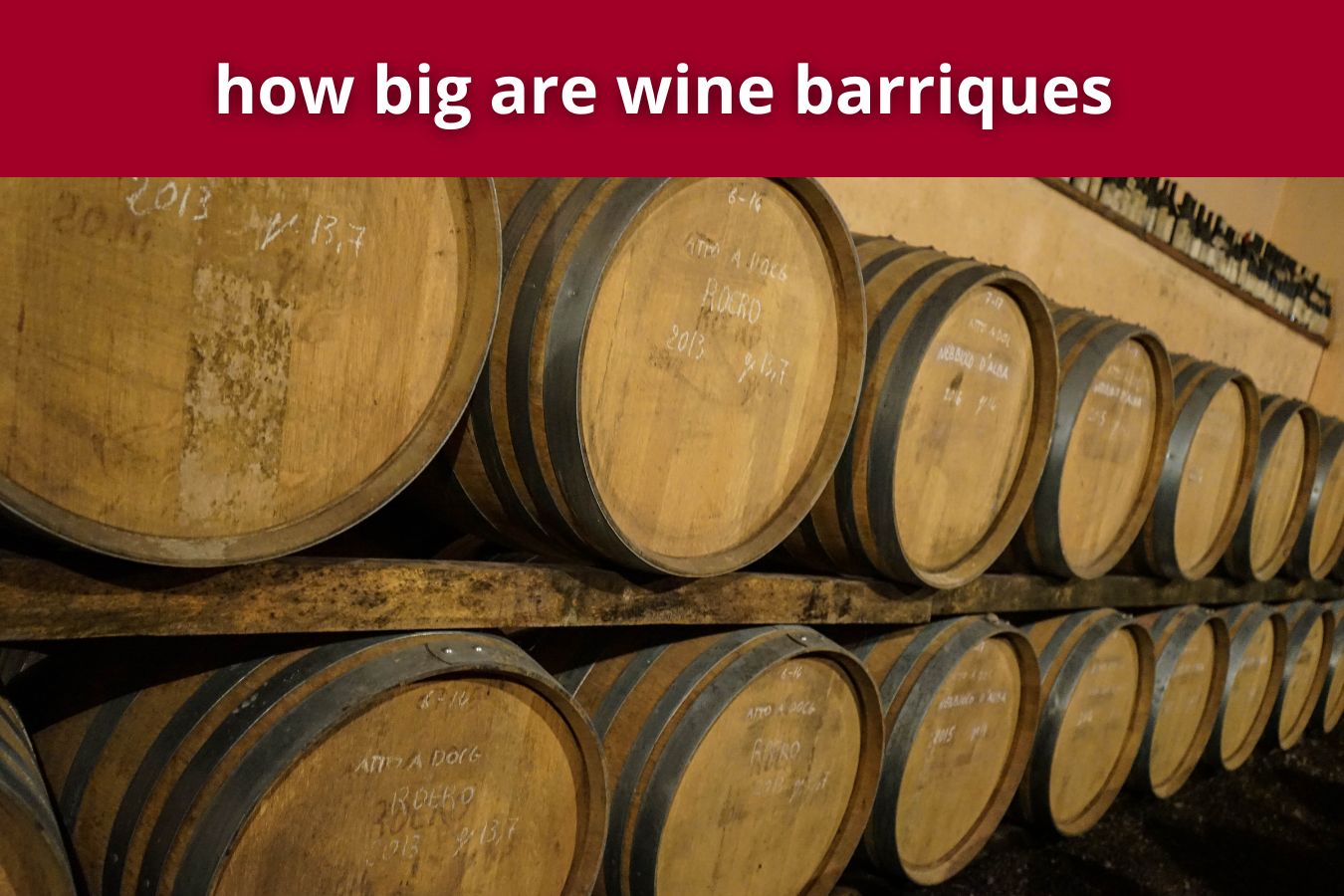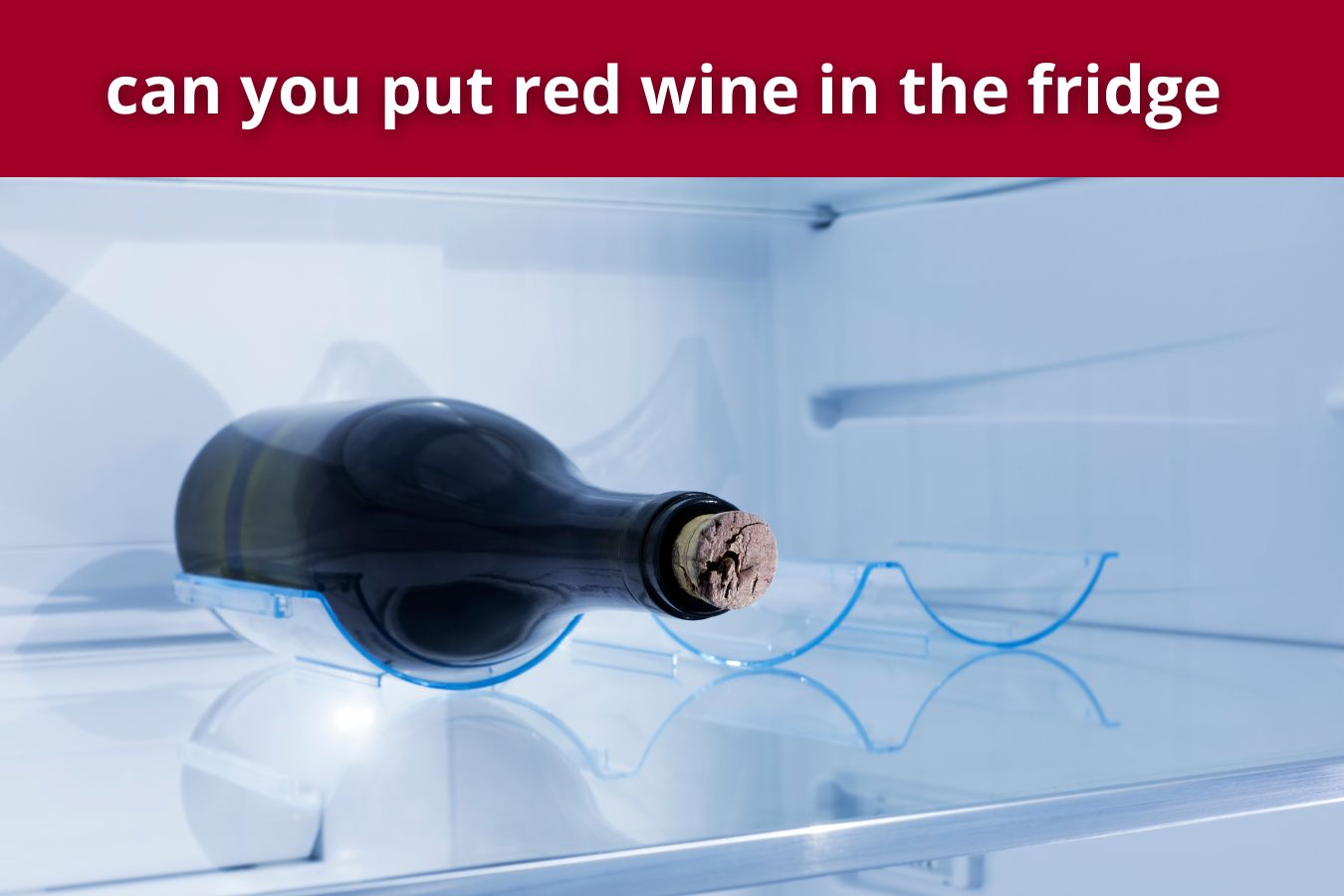When it comes to alcohol, one of the most common questions that we face is does wine get you drunk faster? The answer to this question is complicated, but there are several factors that can contribute to a higher BAC. The fact of the matter is that a person under 250 pounds can become legally drunk after drinking just two glasses of wine. In fact, the alcohol content of standard wine is 11.6%, while beer has an average of 4.5%. In addition to alcohol content, other factors can influence your drinking level, such as eating alcohol before drinking.
Table of Contents
Less wine is needed to get drunk
Women produce less alcohol dehydrogenase (ADH) than men, an enzyme that breaks down alcohol in the body. The lower ADH, the less wine a woman needs to become drunk. Other research shows that more weight and body mass make it more difficult to become drunk. Similarly, taller people take longer to become drunk than shorter people. While wine is generally considered a harmless beverage, there are some things you can do to avoid becoming drunk.
To limit alcohol intake, people should know their personal alcohol tolerance. This is important because knowing your body’s alcohol threshold will prevent you from overindulging and staying sober. Knowing how much wine you can tolerate before becoming intoxicated will help you stop before you get too drunk. By knowing how much wine you can consume safely, you can have fun and avoid causing yourself to become ill. Also, knowing your tolerance will make it easier to stay within your limits.
Higher alcohol content wines tend to be sweeter
In terms of alcohol content, red wines are the most potent, with more than 20% of the liquid containing alcohol. Some white wines have the same amount of alcohol, but they are sweeter. Zinfandels, Syrahs, and Sherry are good examples of red wines that have a high alcohol content. Other high alcohol content wines include strong sweet wines. These have an alcohol content of up to 13%. In addition, fortified wines and regular dessert wines tend to have between 13-15% alcohol.
Alcohol content is determined by several factors, including the region in which a wine is grown and the grape variety. Cold climates are less conducive to wine production because their growing season is short. Cold climates don’t get as much sunlight as warm climates do, so grapes tend to produce less sugar and alcohol. In hot regions, grapes are grown in much greater amounts, allowing for a higher alcohol content.
Lower alcohol content wines tend to be drier wines from warmer climates
The climate of a specific region plays a large role in the style of wine produced there. Wines from a cool climate are more delicate and lighter-bodied, while wines from a warmer climate are heavier, sweeter, and with higher alcohol levels. The climate affects the composition of the grapes by altering the acidity level and increasing the sugar content. This results in a sweeter wine, but that doesn’t necessarily mean it is the sweetest.
Wines with the highest alcohol content are typically produced in warmer climates. In California, the climate is warm and sunny, which results in bold, fruity wines. California wines often contain up to 15% alcohol, including Cabernet Sauvignon and Zinfandel. However, if you’re looking for wines with the lowest alcohol content, you’ll likely find drier, lower-alcohol options in regions with a warmer climate.
Drinking on an empty stomach
Alcohol is absorbed into your body through the small intestine. Therefore, drinking on an empty stomach can result in you becoming drunk faster. Food is important in the processing of alcohol, and it can help delay the effects of alcohol. Moreover, eating a meal before you drink will help slow down the absorption of alcohol in your stomach. Alcohol absorbed quickly can cause various side effects, including impaired coordination and judgement. Drinking wine on an empty stomach can cause you to feel more drunk than if you ate a meal before.
Moreover, experts warn against drinking alcohol on an empty stomach. The reason behind this warning is that alcohol on an empty stomach can raise your blood alcohol levels rapidly, making you drunk faster. This is harmful for your health and can cause you to experience unpleasant side effects. So, you should drink alcohol only when you have eaten something. This is also a better idea than drinking wine or beer when you’re feeling hungry.
Alternating alcoholic drinks with water slows down intoxication
You may have heard that alternating alcoholic beverages with water slows down intoxication. But does this really work? It doesn’t stop you from drinking alcohol altogether, but it will help you avoid excessive alcohol consumption. The trick is to drink slowly, while alternating alcoholic beverages with water. This technique can prevent alcohol from entering the digestive system too quickly. The best part of this method is that it is easy to implement, and it also works as a great way to make your night out more enjoyable.
Another way to combat alcohol’s dehydrating effects is to eat a good meal before drinking. Consuming foods high in protein and healthy fats can slow down the onset of a hangover. Likewise, eating avocados before drinking can help keep you well hydrated. You can also take advantage of the high levels of potassium in avocados, which are important to stay hydrated. Regardless of the season, you should always drink responsibly. Drink only the boozy beverages that you enjoy, and alternate them with plenty of water.

